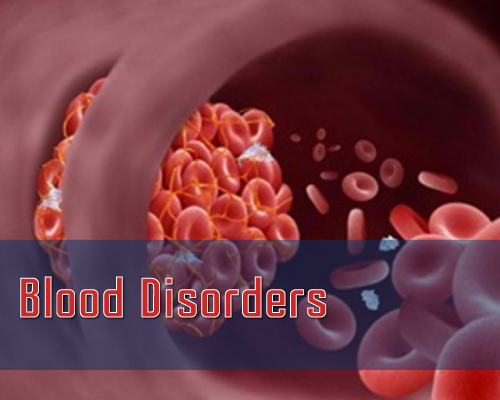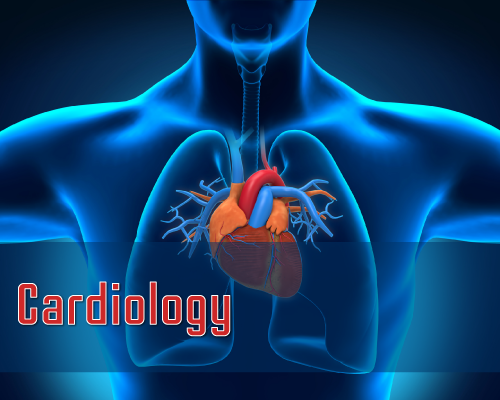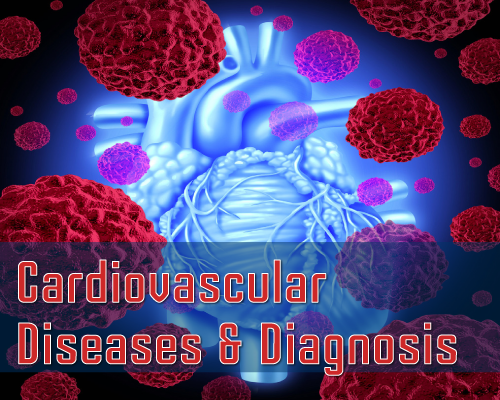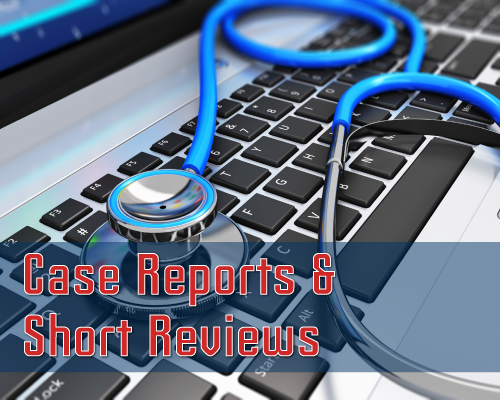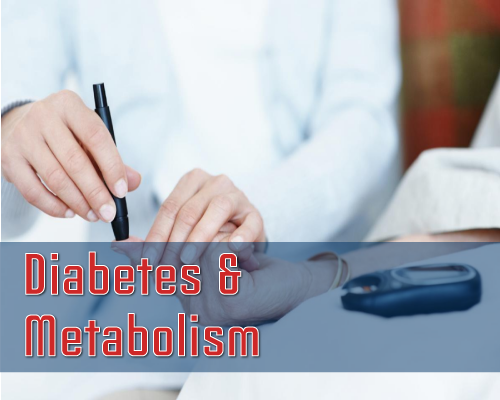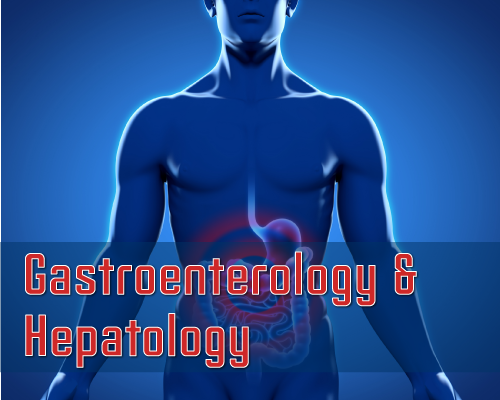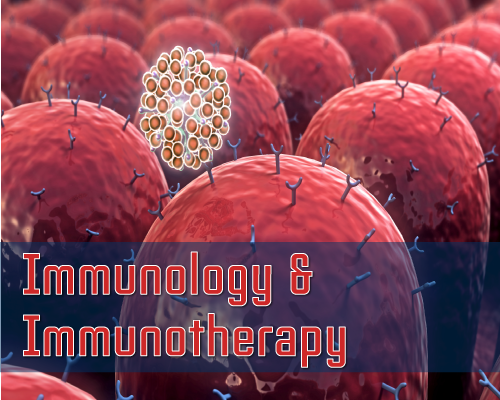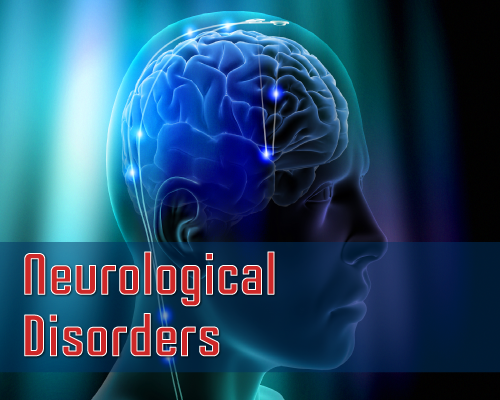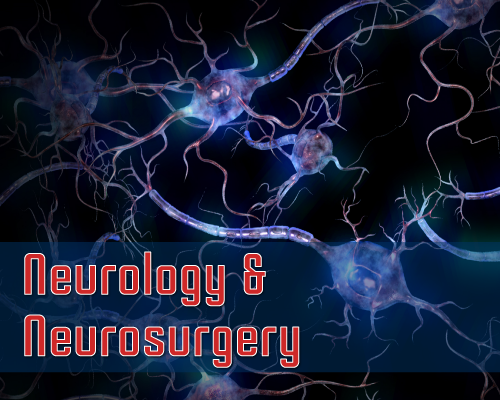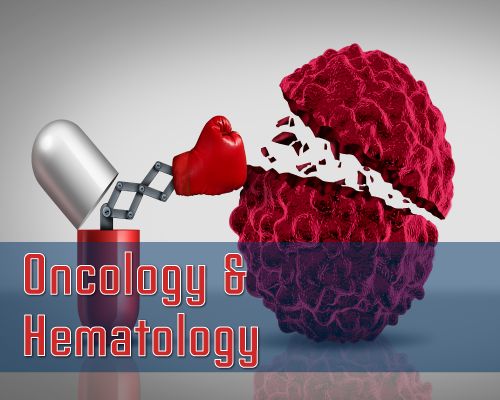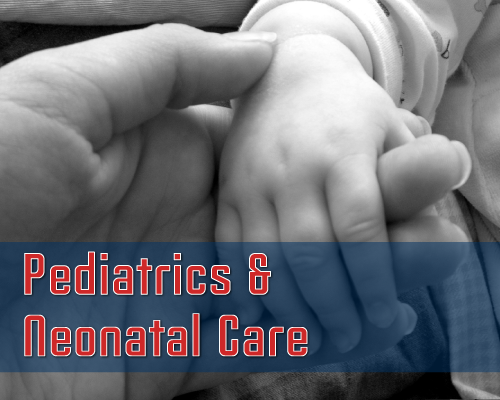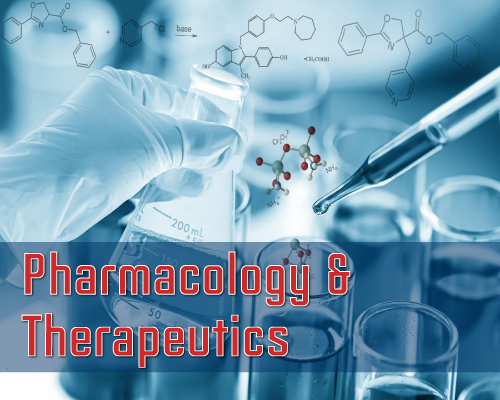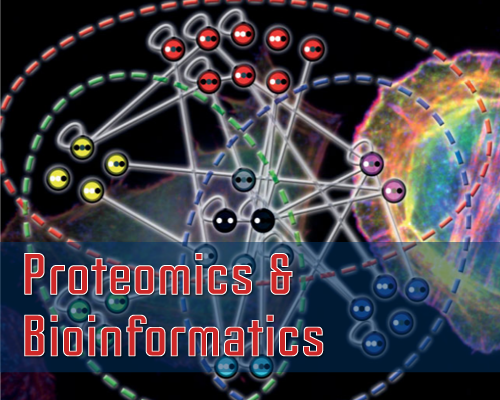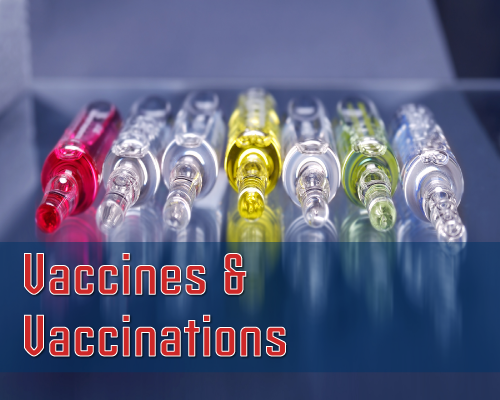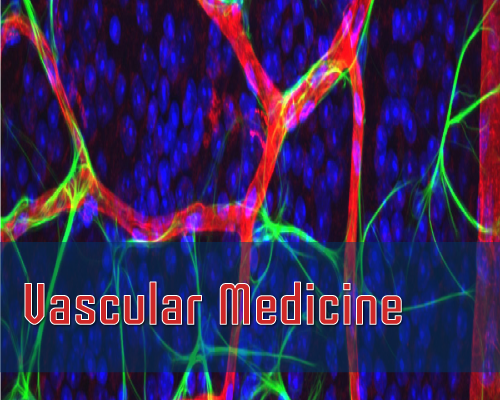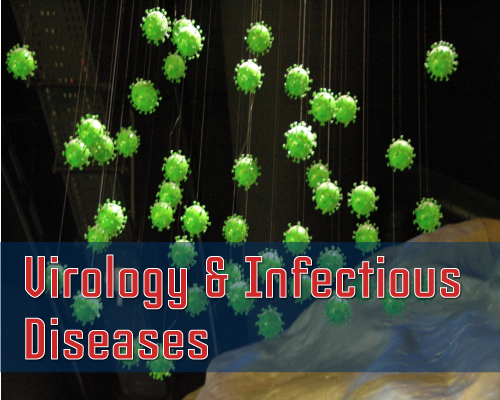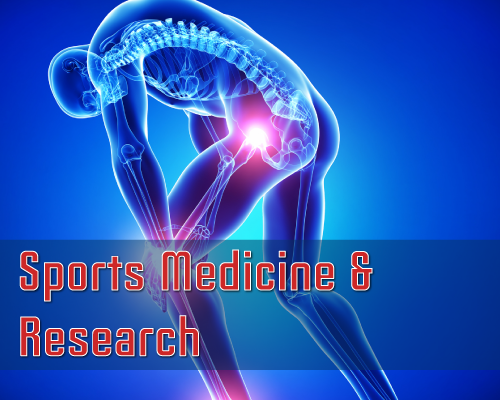Volume 2 Issue 3
Bindi Patel and Ankit Agrawal*
Infective endocarditis is a serious condition of the heart endocardium and cardiac valves. It is caused by a variety of microorganisms ranging from Streptococci, Staphylococci, Rickettsia or Coxiella. It can cause fever, night sweats and other constitutional symptoms, cardiac as well as multiple organ system involvement. Treatment includes prolonged antimicrobial therapy and emergent (within 24 hours), urgent (within few days) or elective cardiac surgery (after 1-2 weeks of appropriate antibiotic therapy) when indicated. This case outlines a case of subacute infective endocarditis and the clinical clues that may have prevented an impending cerebrovascular event.
Cite this Article: Patel B, Agrawal A. Infective Endocarditis: a Disease with Many Faces. Int J Clin Cardiol Res. 2018;2(3): 076-079.
Published: 03 December 2018
Research Article: Decrease in Radiation Exposure during Cardiac Implantable Electronic Device (CIED) Implantation with Modern Imaging Platform
Jay J Chudow, Ilir Maraj, Lynn Zaremski, Rhadames Rojas, Eric Shulman, Jorge Romero, Luigi Di Biase, Jay N. Gross, Soo G. Kim, John D. Fisher, Kevin J. Ferrick and Andrew Krumerman*
Introduction: Radiation exposure incurred by patients and medical staff have increased, despite goals to minimize radiation according to the "As Low As Reasonably Achievable" (ALARA) principle. Utilization of an imaging platform that incorporates optimized acquisition parameters and several real-time image processing algorithms can reduce radiation exposure while maintaining diagnostic image quality.
Objective: Evaluate radiation exposure of patient and staff to ionizing radiation during cardiac implantable electronic device implantation performed utilizing fluoroscopy systems with optimized imaging hardware and software.
Methods: A total of 460 consecutive procedures were analyzed in this retrospective cohort study. All patients who underwent implantation of cardiac devices between August 2014 and February 2016 were included. Patients underwent procedures in a room that either had a "conventional" Philips Integris system or a "modern" Allura system. Groups were compared using Chi Square, t-test, or Mann-Whitney U as appropriate. P < 0.05 was considered significant.
Results: Of the 460 procedures performed, 350 were performed using the conventional system and 110 were performed using the modern system. Dose area product per minute was reduced by more than two-thirds (CRT 28.65 ± 28.70 vs. 141.66 ± 121.24 Gy· cm2, ICD 8.09 ± 10.36 vs. 27.88 ± 30.29 Gy · cm2, PPM 4.97 ± 4.71 vs. 27.67 ± 30.94 Gy· cm2, in modern vs. conventional systems, respectively).
Conclusion: Radiation doses were significantly lower during cardiac device implantation when more modern imaging systems were utilized.
Keywords: Radiation dosage; Electrophysiology procedure; Cardiac implantable electronic device implantation; New imaging system
Cite this Article: Chudow JJ, Maraj I, Zaremski L, Rojas R, Krumerman A, et al. Decrease in Radiation Exposure during Cardiac Implantable Electronic Device (CIED) Implantation with Modern Imaging Platform. Int J Clin Cardiol Res. 2018;2(3): 072-075.
Published: 02 November 2018
Research Article: Involvement of Protein-Protein Interactions of eNOS and Genetic Polymorphisms in Coronary Artery Disease
Isabele Pereira Tannous1, Thaynara Gonzaga Santos1, Juliana Santana de Curcio1, Livia do Carmo Silva1, Amanda Alves de Oliveira1, Andreia Marcelino Barbosa2, Raisa Melo Lima1 and Kleber Santiago Freitas e Silva1*
Coronary Artery Disease (CAD) features anomalies such as angina, infarction and cardiac death, among others. Several risk factors are related to CAD onset and progression, the main ones are diabetes, sedentary lifestyle, high blood pressure, obesity, alcohol consumption, smoking and cholesterol. CAD is a globally serious health problem, affecting over 110 million people worldwide and leading to 9 million deaths each year. Endothelial dysfunction may be associated with genetic polymorphisms that take place in genes and proteins with essential roles in maintaining endothelial homeostasis. Among these genes, eNOS stands out, being responsible for the synthesis of nitric oxide, which is a lipophilic substance highly active in a great variety of physiological processes. NOSTRIN, cdc37 and calmodulin interact with eNOS and modulate its activity within endothelial cells in order to maintain vascular integrity and proper homeostasis. Dysfunction affecting any of those proteins, their structures or the PPI patterns they establish may increase CAD susceptibility. Here, we hypothesize that PPIs could be one of the explanations for CAD susceptibility. We have shown an in silico approach of interaction between eNOS and the CAD-related proteins NOSTRIN, cdc37 and calmodulin 1 through the identification of hot spots within the interface of interaction between eNOS and target proteins. We also pointed that several SNPs identified in clinical practice and deposited on dbSNP were related to the predicted hot spots and could increase susceptibility to CAD significantly due to alteration of eNOS and partner proteins conformation or loss of function due to impairment of the PPIs they perform. Further studies need to be performed and through the hot spots presented here, eNOS, NOSTRIN, cdc37 and calmodulin 1 could be used as molecular markers and peptides PPI modulator could be design and tested as alternative therapies against CAD progression.
Keywords: eNOS; NOSTRIN; cdc37; Calmodulin 1; PPIs; Hot spots; Polymorphism
Cite this Article: Tannous IP, Santos TG, de Curcio JS, do Carmo Silva L, E Silva KSF, et al. Involvement of Protein-Protein Interactions of eNOS and Genetic Polymorphisms in Coronary Artery Disease. Int J Clin Cardiol Res. 2018;2(3): 066-0071.
Published: 29 October 2018
Daniel Howell1*, Lynn Zaremski2, John Fisher2, Kevin Ferrick2, Luigi DiBiase2 and Andrew Krumerman2
Background: Apixaban is increasingly being used for anticoagulation. The primary risk of treatment with Apixaban is bleeding. Overall patients treated with Apixaban have fewer bleeding events than those treated with warfarin. Apixaban is a substrate of P-glycoprotein (P-gp) and P-gp inhibition increases drug exposure.
Strong P-gp inhibitors are commonly used in combination with Apixaban.
Methods: We retrospectively studied patients who had been prescribed Apixaban using a hospital informatics database. We compared patients prescribed Apixaban without any cardiac P-gp inhibitors (Amiodarone, Carvedilol and Verapamil) to those who had received one of them. Our primary outcome was any bleeding event which included blood transfusion, gastrointestinal bleeding and intracranial haemorrhage. Patients were followed for one year. Cox regression analysis was used to model the impact of P-gp inhibitor use on any bleeding event controlling for potential confounders.
Results: 1350 patients received a prescription for Apixaban. 291 of these patients were treated with a cardiac P-gp inhibitor. There were no significant differences in bleeding rates between the groups. There were 103 (9.73%) bleeds in patients not receiving a P-gp inhibitor compared to 32 bleeds (11.00%) in patients receiving a P-gp inhibitor (p = 0.522). P-gp inhibitor use was not a significant predictor for any bleeding event.
Conclusions: There was no evidence of increased bleeding when Apixaban was co-administered with commonly utilized rate and rhythm control agents that inhibit P-gp. These findings are consistent with the limited data available to date. Our findings add to evidence that Amiodarone, Carvedilol and Verapamil can be safely co-administered with Apixaban
Keywords: Atrial fibrillation; Thrombosis; P-glycoprotein; Apixaban; Bleeding
Cite this Article: Howell D, Zaremski L, Fisher J, Ferrick K, DiBiase L, et al. Bleeding Risk with Apixaban when Using Cardiac P-Glycoprotein Inhibitors. Int J Clin Cardiol Res. 2018;2(3): 061-065.
Published: 25 October 2018
Authors submit all Proposals and manuscripts via Electronic Form!


